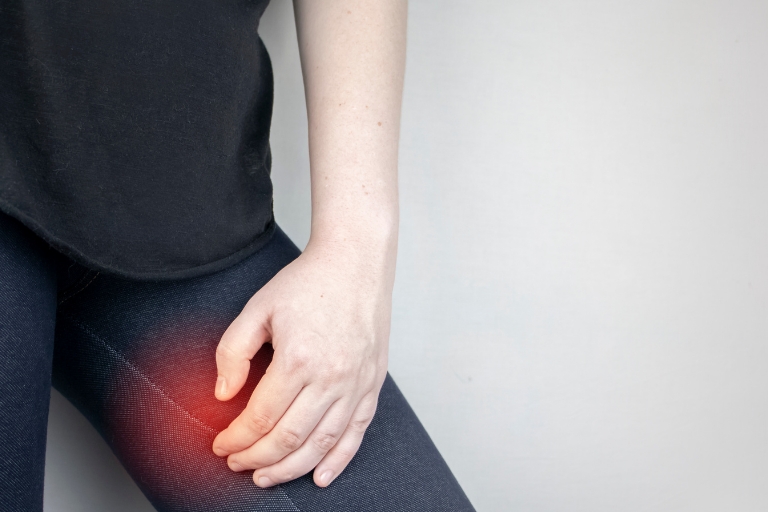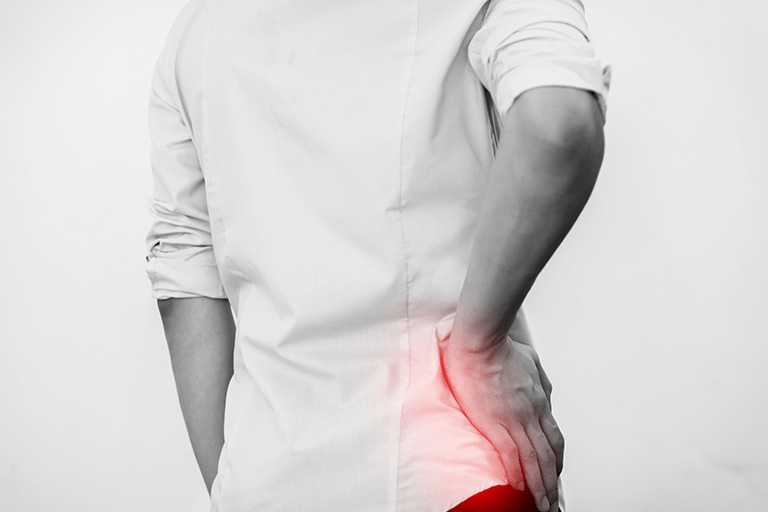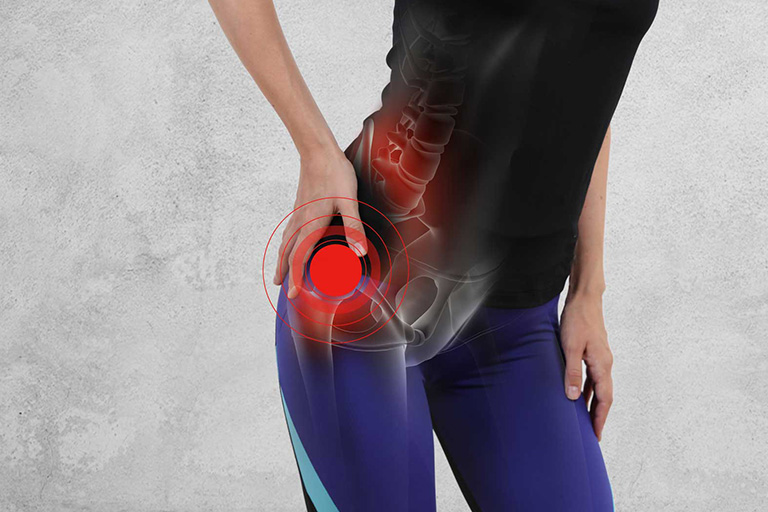- Mon - Fri | 9:00AM - 9:00PMSat - Sun | 9:00AM - 5:00PM
Hip and Groin

Groin injury
A groin strain is an injury or tears to any of the adductor muscles, the inner side of the thigh. Sudden movements usually trigger an acute groin strain such as kicking, twisting to change direction while running, jumping, skating, or sprinting. A groin strain can be quite painful, but it is not dangerous. These injuries primarily occur among athletes.
People may often tend to confuse groin pain with that symptom of an inguinal hernia. Hence a thorough physical examination is vital before starting treatment. If a hernia is suspected, we may advise to visit a surgeon. Mostly groin injuries are managed conservatively.
The rehabilitation program should include stretching, the range of motion, strengthening exercise and core accompanied by a gradual return to work.
Hip Osteoarthritis
The most common form of arthritis in the hip is osteoarthritis- due to wear-and-tear, Articular cartilage, the hard-slippery surface that covers the section of bones that move against each other in your hip joint gets damaged. Common symptoms are grinding pain, stiffness, joint crepitus, walking abnormalities, local joint swelling. It can be easily diagnosed by a combination of the findings from your history and physical examination.
We would follow the AMR criteria and analysis of the gait pattern.
Primary physiotherapy management is education and modifying the risk factors. Once we subside, the pain and give you an understanding of your condition, we largely concentrate on your strength, mobility, range of motion to eventually restore functional improvement.


Trochanteric bursitis
Trochanteric bursitis is the most common bursitis of the hip. It is inflammation of the bursa which lies over the prominent bone on the side of your hip (thigh).
We assess the underlying disorder or anatomical impairment that may cause bursitis. The physical examination has a stepwise approach provide the finest treatment which may include ultrasound, LASER and possibly ECSWT, a non-surgical approach.
Femoroacetabular Impingement – FAI
FAI is a motion-related clinical disorder of the hip involving premature contact between the acetabulum and the proximal femur, the mechanical mismatch between the hip ball and the socket. Three types impingements are there. Common symptoms are restricted range of motion (hip flexion, internal rotation), the pain only provoked prolonged sitting, walking, crossing the legs.
Physical examination involves a series of hip tests. Impingement test will reproduce the symptoms and diagnose the FAI.
We can assist to use the various techniques like mobilize the joint, stretching and strengthening activities for your superficial and deep hip muscles, ensure proprioception, functional to dynamic control training for a better normal lifestyle.


Hamstring Strain
Hamstring strains are both common and painful. Muscle injury involving a tear in one or more of the hamstring muscles. It affects athletes of all sorts- including runners, skaters, and football, soccer and basketball players.
During hamstring strain, muscles get overloaded and might even start to tear. Tapping techniques, rest and Ice with electrotherapy will be followed by a graded strengthening and functional program depending upon the grade of injury will be the usual line of treatment.
It may require 3-6 weeks of rehabilitation duration before returning to your sports. Dietician advice usually helps shorten the rehabilitation time.
Hip and groin injuries can make us really uncomfortable. Experts in River Physio provide the best hip and groin injury physiotherapy treatment in Singapore. Visit River Physio to be on the fast track to recovery.
